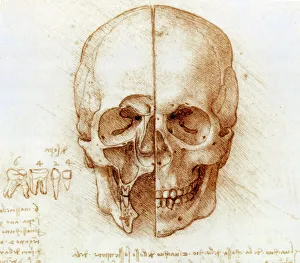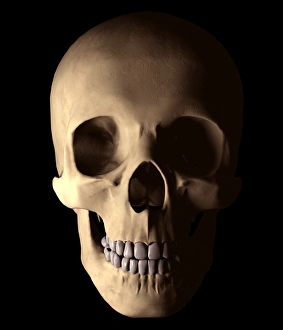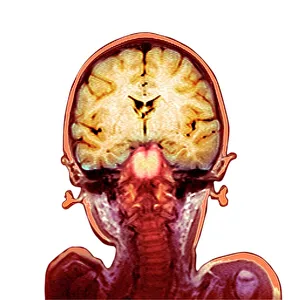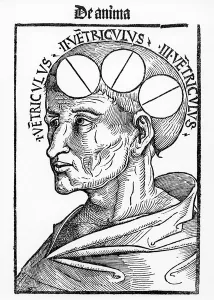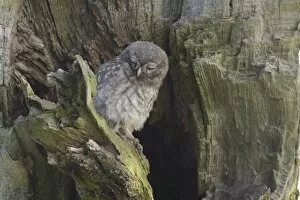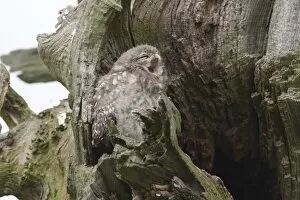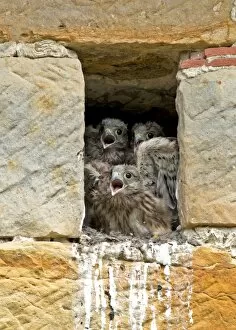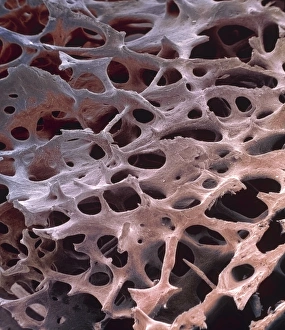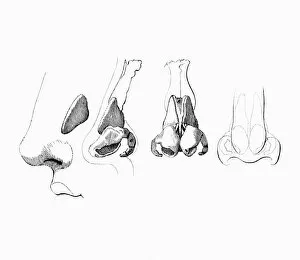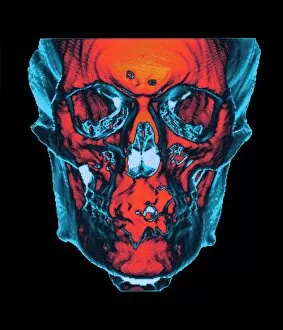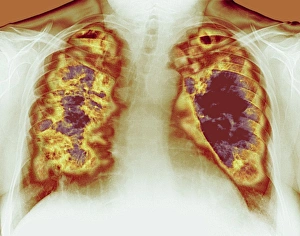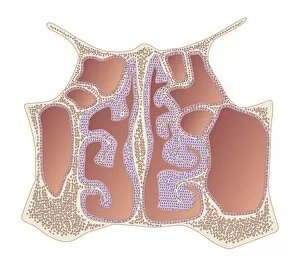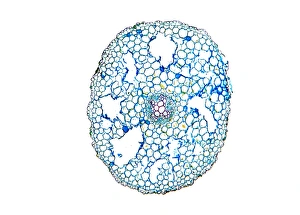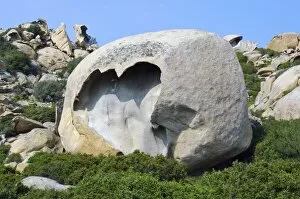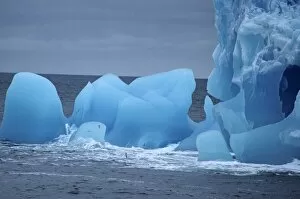Cavities Collection
"Cavities: Exploring the Intricacies of Skull Anatomy" In Leonardo da Vinci's masterpiece, "Skull anatomy
All Professionally Made to Order for Quick Shipping
"Cavities: Exploring the Intricacies of Skull Anatomy" In Leonardo da Vinci's masterpiece, "Skull anatomy, " he meticulously depicted the intricate structure of the human skull. This artwork serves as a window into our understanding within this bony framework. Through advanced medical imaging techniques like MRI scans, we can delve deeper into the mysteries hidden within a child's brain. These images reveal the delicate network of neural pathways and highlight various cavities that play crucial roles in cognitive development. Albertus Magnus' "Cavities of the Brain" from Philosophia Naturalis further expands our knowledge by illustrating these enigmatic spaces within our most vital organ, and is through these cavities that cerebrospinal fluid flows, protecting and nourishing our brains. But they can not limited to just the brain; they also exist elsewhere in our bodies. Sinuses or cavities found in our skulls, humerus, and vertebrae serve essential functions such as reducing weight and providing resonance for sound production. Nature too presents us with captivating cavities. The eroded cliff-face at Elgol in Skye, Scotland showcases nature's sculpting prowess as it carves out hollows over time—a testament to its relentless power. Meanwhile, perched on a tree branch in West Yorkshire, a little owl juvenile seeks refuge inside a nest cavity with closed eyes—finding solace amidst its cozy sanctuary. In Oxfordshire, England during early mornings or even under moonlit skies at nightfall, young owls gather near their nesthole entrance—an enchanting sight that reminds us how creatures find comfort within their own secret havens. Whether exploring anatomical wonders or marveling at nature's creations, these glimpses into different types remind us of both fragility and resilience—the delicate balance between vulnerability and strength that exists all around us.

